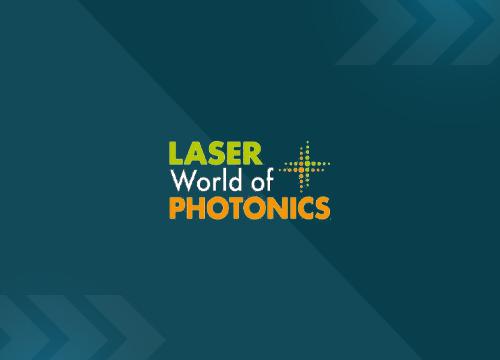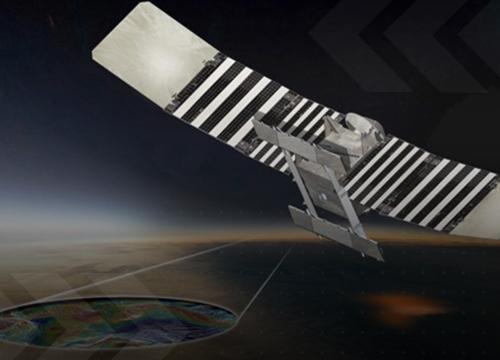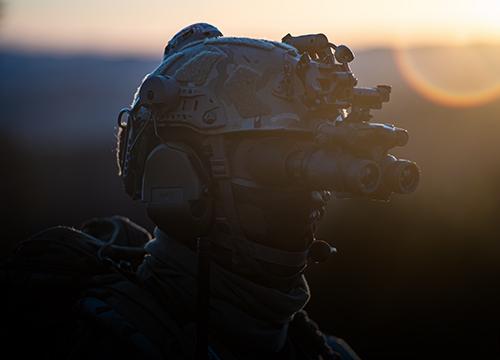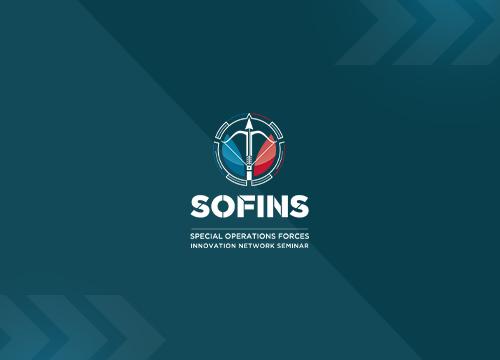
Houston, Texas.
FROM May 20th 2025 TO May 22nd 2025
Xponential 2025
Visit Photonis and Xenics, part of Exosens, at Xponential 2025 - Houston, Texas

Houston, Texas.
FROM May 20th 2025 TO May 22nd 2025
Visit Photonis and Xenics, part of Exosens, at Xponential 2025 - Houston, Texas

Tokyo.
FROM May 21st 2025 TO May 23rd 2025
Visit Photonis and Xenics, part of Exosens, at DSEI Japan 2025 - Tokyo, Japan

Messe München.
FROM Jun 24th 2025 TO Jun 27th 2025
Visit Exosens, the parent company of Xenics and Photonis, at Laser World of Photonics 2025 - Messe München, Germany

Mar 20th 2025
Exosens a high-tech company focused on providing mission and performance-critical amplification, detection and imaging technology, announces that it will join the SBF 120 index,

Mar 13th 2025
Xenics, part of Exosens, announces its collaboration with the German Aerospace Center for NASA’s VERITAS and ESA’s EnVision space missions.

Mar 03rd 2025
Exosens makes its first U.S. investment to enhance night vision production capacity.

Mar 03rd 2025
Exosens delivers very strong full-year 2024 results, overperforming on its IPO guidance

Feb 24th 2025
Exosens strengthens its position as a key supplier to Senop for night vision image intensifier tubes

Camp de Souge.
FROM Apr 02nd 2025 TO Apr 04th 2025
Visit Exosens at SOFINS 2025 - Camp de Souge, France
Stay connected
Stay informed and connected to the latest news from Exosens by signing up.